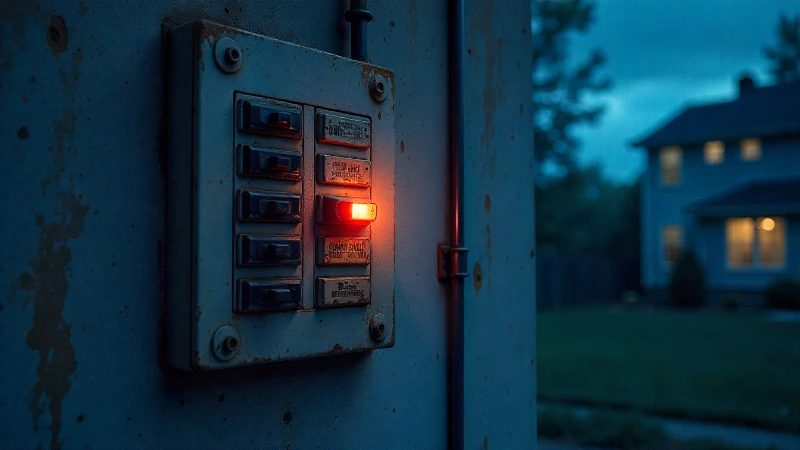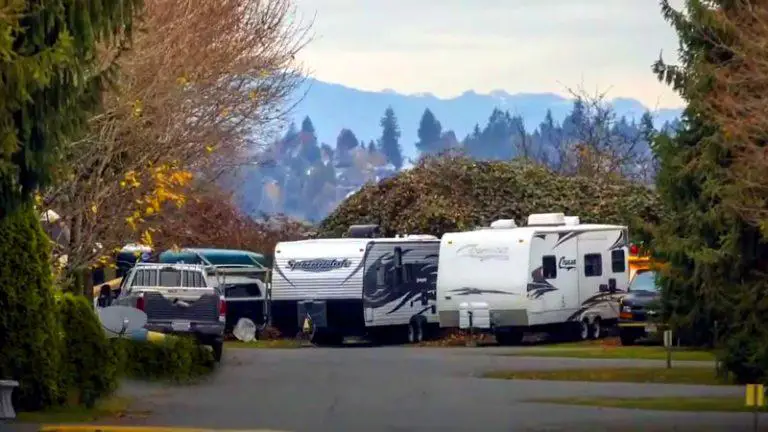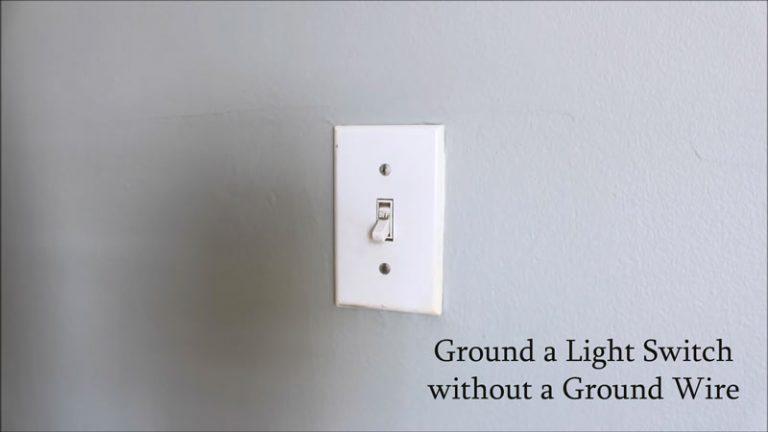Partial Power Outage During Storm? Don’t Panic, Do This!
The wind is howling, rain is lashing against the windows, and then it happens. Some lights flicker and die, while others stay on. The TV in the living room is dead, but the kitchen light is still glowing. This confusing and alarming scenario is a partial power outage during a storm, and it’s a sign that you need to take immediate and careful action. It’s more than just an inconvenience; it can be a symptom of a serious electrical problem that poses a significant risk to your home and safety.
Unlike a complete blackout that affects your entire neighborhood, a partial outage is localized to your home, affecting only certain rooms, outlets, or appliances. This strange behavior can be perplexing, but understanding the potential causes is the first step toward a safe resolution. Ignoring the signs of a partial power outage can lead to appliance damage, electrical fires, or even electrocution.
You'll Learn About
What Causes a Partial Power Outage During a Storm?
Storms introduce a chaotic mix of high winds, heavy rain, and lightning, all of which can wreak havoc on the electrical infrastructure both outside and inside your home. A partial power outage is often a direct result of this severe weather. The causes can range from simple issues you can fix to dangerous problems requiring a professional electrician.
External Power Grid Issues
The most common cause of a partial power outage during a storm originates from outside your house. High winds can cause tree branches to fall on power lines, or the lines themselves to be damaged. This can disrupt the flow of electricity to your home. Often, your house receives two separate “legs” of 120-volt power from the utility line. If one of these lines is damaged or severed, you’ll lose power to roughly half the circuits in your home. This is why some rooms have power while others don’t. Issues with the utility company’s transformer or other equipment can also lead to a partial outage.
Internal Electrical System Problems
While external factors are common, the storm could also expose or worsen pre-existing issues within your home’s electrical system. These internal problems are often more dangerous and require immediate attention.
Tripped Circuit Breakers: This is one of the most frequent reasons for a partial outage. Power surges from lightning strikes or downed lines can overload a circuit, causing the breaker to trip as a safety measure to prevent overheating and fire. An overloaded circuit, perhaps from too many high-power appliances running at once, can also be the culprit.
Water Intrusion and Moisture: Heavy, driving rain can force water into your home’s exterior electrical components, like the service mast or meter box. Moisture can lead to short circuits or ground fault issues, where electricity takes an unintended path, creating a serious shock hazard.
Faulty or Damaged Wiring: High winds can cause physical stress on the wires connecting the power line to your house. Over time, wiring insulation can degrade, or connections can become loose. This creates a high-risk situation for electrical arcing, which can spark a fire.

Your Immediate Action Plan: A Step-by-Step Safety Guide
Discovering a partial power outage during a storm can be frightening. It’s crucial to act methodically and prioritize safety above all else. Do not attempt any major electrical repairs yourself, especially during a storm.
Step 1: Assess the Situation from a Safe Distance
Your first step is to determine the scope of the outage. Look out your windows to see if your neighbors have power. If their lights are on, the problem is likely isolated to your property. Never go outside during a storm to inspect power lines. Downed power lines can be energized and are extremely dangerous.
Step 2: Check Your Circuit Breaker Panel
The breaker panel is your home’s electrical nerve center and the most common source of a partial outage. Locate your panel, which is often in a basement, garage, or utility closet. Open the panel door and look for any breakers that are in the “off” position or in a middle position between “on” and “off.”
To safely reset a tripped breaker, you must first flip it all the way to the “off” position and then firmly back to the “on” position. If the power to that area is restored, you may have found the problem. However, if the breaker trips again immediately, you have a more serious issue that requires a professional. Do not repeatedly reset a breaker that keeps tripping.
Step 3: Unplug Appliances and Electronics
Before resetting any breakers, unplug all appliances and electronics in the affected areas of your home. This serves two purposes. First, it can help you identify if a faulty appliance is causing the circuit to short. Second, it protects your valuable electronics from potential power surges when the electricity is fully restored. A sudden return of power can send a damaging jolt through your devices.
Step 4: When to Call the Utility Company vs. an Electrician
Knowing who to call is critical for a fast and safe resolution. This decision depends on the likely source of the problem.
Call your utility company immediately if:
- You see downed power lines or damage to the utility pole or transformer near your home.
- Your neighbors are also experiencing a partial or full outage.
- You suspect the problem is with the wires leading to your house or the electric meter.
Call a licensed electrician immediately if:
- You have checked your breakers and resetting them doesn’t solve the issue.
- A breaker trips repeatedly after you reset it.
- You smell a burning odor, hear crackling or buzzing sounds from outlets, switches, or the breaker panel.
- You notice flickering or dimming lights even after the storm has passed.
Understanding the Dangers: Why a Partial Outage is a Red Flag
It’s easy to dismiss a partial outage as a minor annoyance, but it can be a warning sign of severe electrical hazards lurking in your home. Ignoring these signs can have devastating consequences.
Electrical Fire Risk: Faulty wiring, overloaded circuits, or water damage can cause wires to overheat and ignite surrounding materials like insulation and wood framing. A burning smell is a critical warning sign of an imminent fire hazard.
Power Surges and Appliance Damage: An unstable electrical supply can cause sudden voltage spikes, or power surges. These surges can permanently damage sensitive electronics like computers, televisions, and smart home devices. Even larger appliances like refrigerators and HVAC systems can be affected. Sometimes, you might find a specific device, like a smart thermostat, has an issue if you see a Nest no power to y1 wire error after an outage.
Electrocution Hazard: Damaged wiring or water coming into contact with your electrical system can create a path for electricity to energize surfaces that should not be live, such as metal siding or plumbing. This poses a serious risk of electric shock.
Preventative Measures: Fortifying Your Home Against Future Storms
While you can’t control the weather, you can take proactive steps to minimize the risk of a partial power outage during the next storm. Regular maintenance and strategic upgrades can make your home’s electrical system more resilient.
Routine Electrical Inspections
Schedule a professional electrical inspection every few years. An electrician can identify and fix potential problems like loose connections, outdated wiring, or an overloaded panel before they become a major hazard during a storm. This is especially important for older homes.
Whole-Home Surge Protection
While power strips offer some protection, a whole-home surge protector is installed at your electrical panel and defends your entire house from external power surges, like those from lightning. This is a crucial investment to protect all of your valuable electronics and appliances.
Consider a Backup Power Source
For ultimate peace of mind, a backup power source can be a lifesaver. This could range from a portable generator to a standby home battery system. For instance, you might wonder, can solar panels power your air conditioner with a battery backup? In many cases, yes, providing comfort and safety during an extended outage.
| Problem Symptom | Potential Cause | First Action | Who to Call |
|---|---|---|---|
| Half of the house has no power; no breakers are tripped. | Problem with one of the utility’s main power lines. | Check if neighbors have power. | Utility Company |
| Power is out in one room or area. | Tripped circuit breaker. | Inspect and reset the breaker. | Yourself (initially) |
| Breaker trips repeatedly after resetting. | Overloaded circuit or short circuit in the wiring. | Unplug all devices on that circuit. | Electrician |
| Burning smell, popping, or buzzing sounds from panel or outlets. | Serious electrical fault, arcing wires. | Turn off the main breaker if safe to do so. | Electrician (Emergency) |
| A specific fixture is affected, like a light not working but has power. | Faulty fixture, switch, or wiring connection. | Turn off the breaker to that circuit. | Electrician |
Don’t Take Chances with Electrical Safety
A partial power outage during a storm is not a problem to be taken lightly. It’s your home’s electrical system sending up a distress signal. By understanding the causes, following a safe action plan, and knowing when to call for professional help, you can navigate this stressful situation safely.
Always prioritize your safety and the safety of your family. When in doubt, call a licensed electrician. Their expertise is essential for diagnosing and repairing complex electrical issues, ensuring your home is safe and your power is restored correctly.


